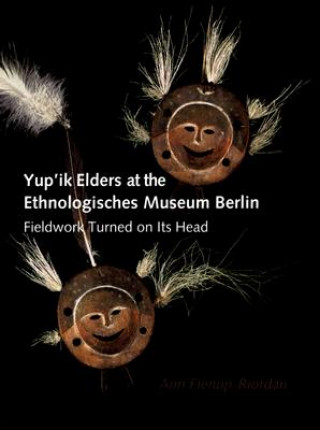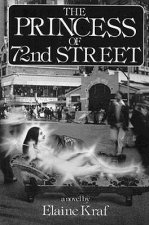
Doručenie
Nákupný poradca





Nehodí sa? Žiadny problém! U nás môžete do 30 dní vrátiť
 Darčekový poukaz
v ľubovoľnej hodnote
Darčekový poukaz
v ľubovoľnej hodnote
S darčekovým poukazom nešliapnete vedľa. Obdarovaný si za darčekový poukaz môže vybrať čokoľvek z našej ponuky.
Yup'ik Elders at the Ethnologisches Museum Berlin
 Angličtina
Angličtina
 153 b
153 b
30 dní na vrátenie tovaru
Mohlo by vás tiež zaujímať


Norwegian adventurer Johan Adrian Jacobsen collected more than two thousand Yup'ik objects during his travels in Alaska in 1882 and 1883. Now housed in the Berlin Ethnological Museum, the Jacobsen collection remains one of the earliest and largest from Alaska's Yukon-Kuskokwim Delta. When Ann Fienup-Riordan first saw the collection being unpacked in 1994, she was 'stunned to find this extraordinary Yup'ik collection, with accession records still handwritten in old German script and almost completely unpublished'. In 1997, Fienup-Riordan and Yup'ik translator Marie Meade returned to Berlin with a delegation of Yup'ik elders to study Jacobsen's collection. "Yup'ik Elders at the Ethnologisches Museum Berlin" recounts fourteen days during which the elders examined objects from the collection and described how they were made and used. Their descriptions, based on oral history and firsthand experience with similar objects, are imparted through songs, stories, and personal narratives. Woven together with Jacobsen's writings, technical descriptions, and accession information, the narrative presents a vast array of knowledge. For example, Jacobsen had observed that large grass mats were woven for use as sleeping mats in houses and were often taken on journeys; a Yup'ik elder demonstrates how the grass mat would be folded and fitted into a kayak. Another elder describes a dance in which fox masks similar to those in the collection were used. Yet another elder, inspired by a carving of a paalraayak, launches into a story about the creature, which was sometimes encountered in the mountains near her home. An introductory essay describes Jacobsen's life and trip to Alaska and the region as it was then and as it is today. Informal snapshots show the elders interacting with the objects and miming their use, while Barry McWayne's large color photographs make possible the 'visual repatriation' of this extraordinary collection. "Yup'ik Elders at the Ethnologisches Museum Berlin" also includes extensive notes summarizing accession information, a glossary of Yup'ik object names, and a detailed index. This is the first time a major Arctic collection has been presented from the Natives' point of view, an example of 'reverse fieldwork' that can enrich understanding of Native American collections the world over.
Informácie o knihe
 Angličtina
Angličtina




 Ako nakupovať
Ako nakupovať

























